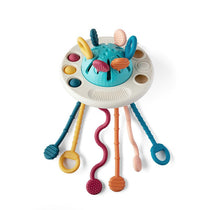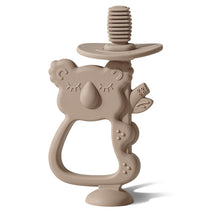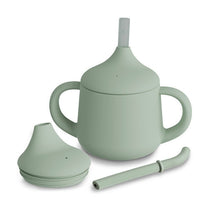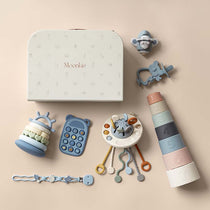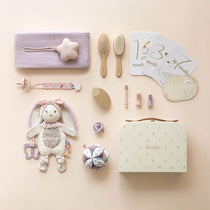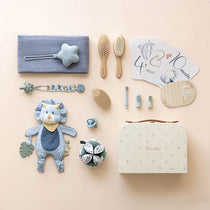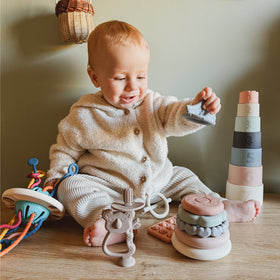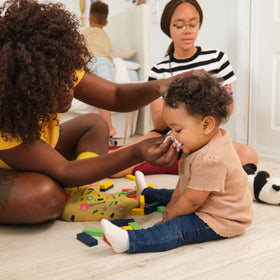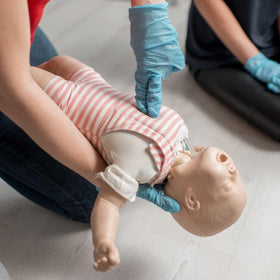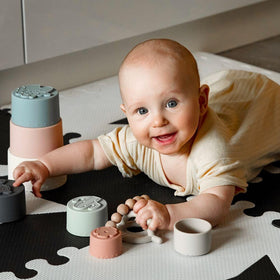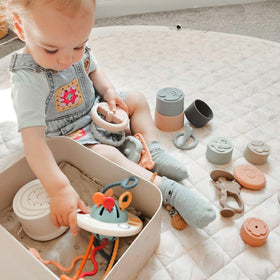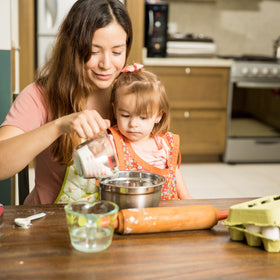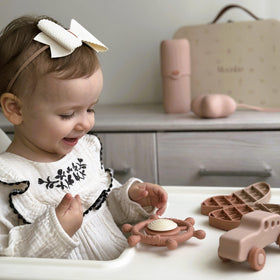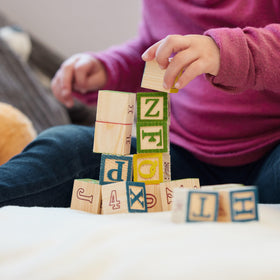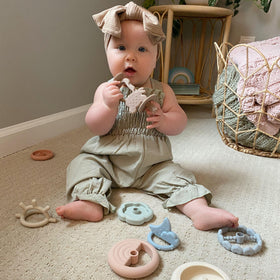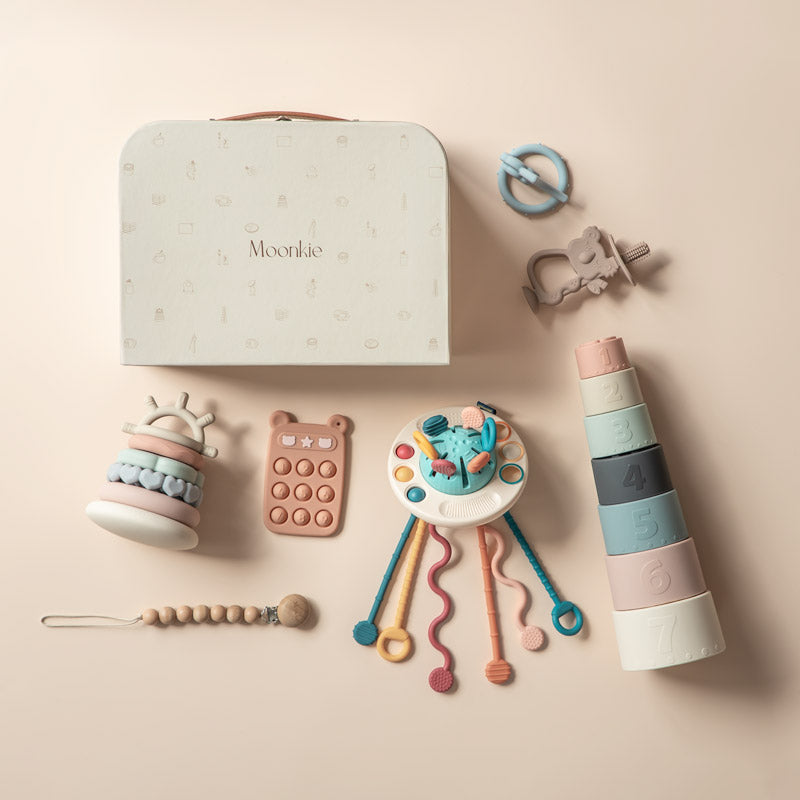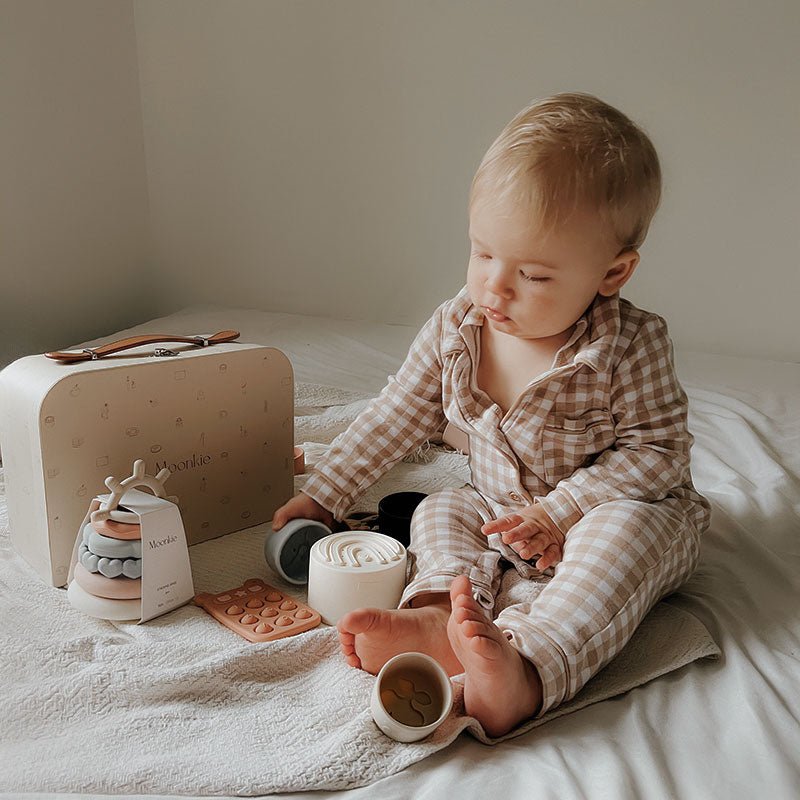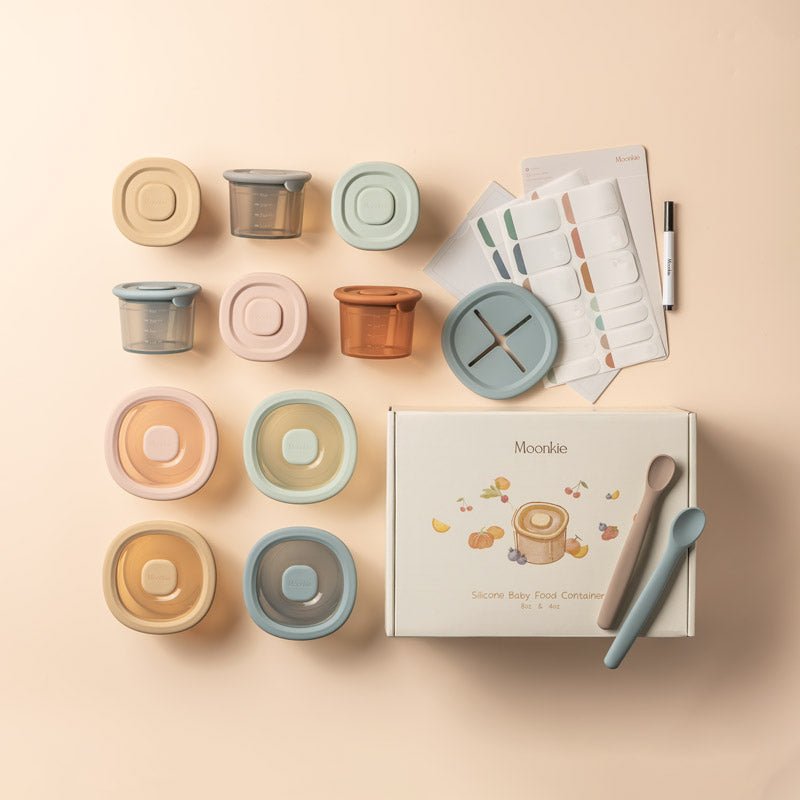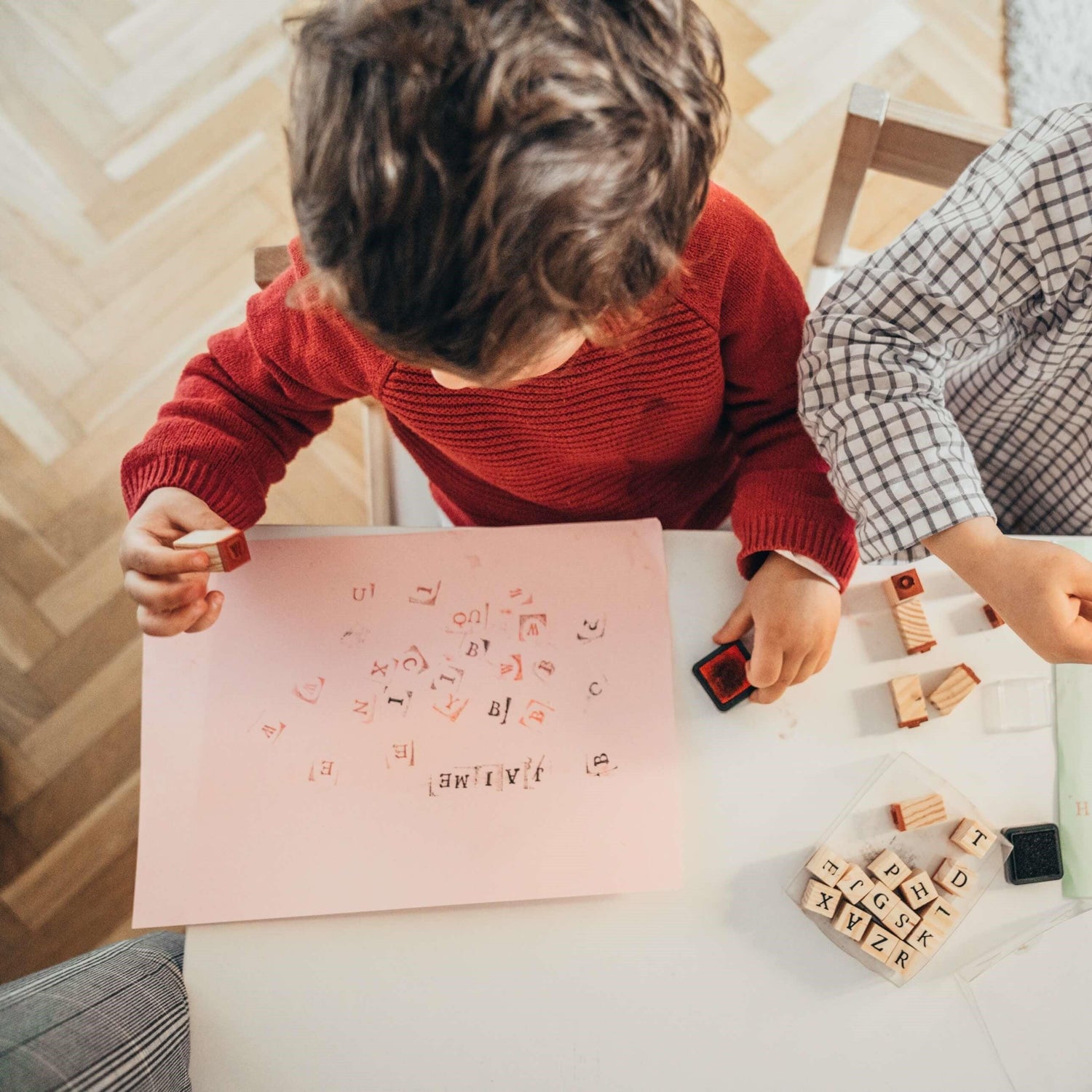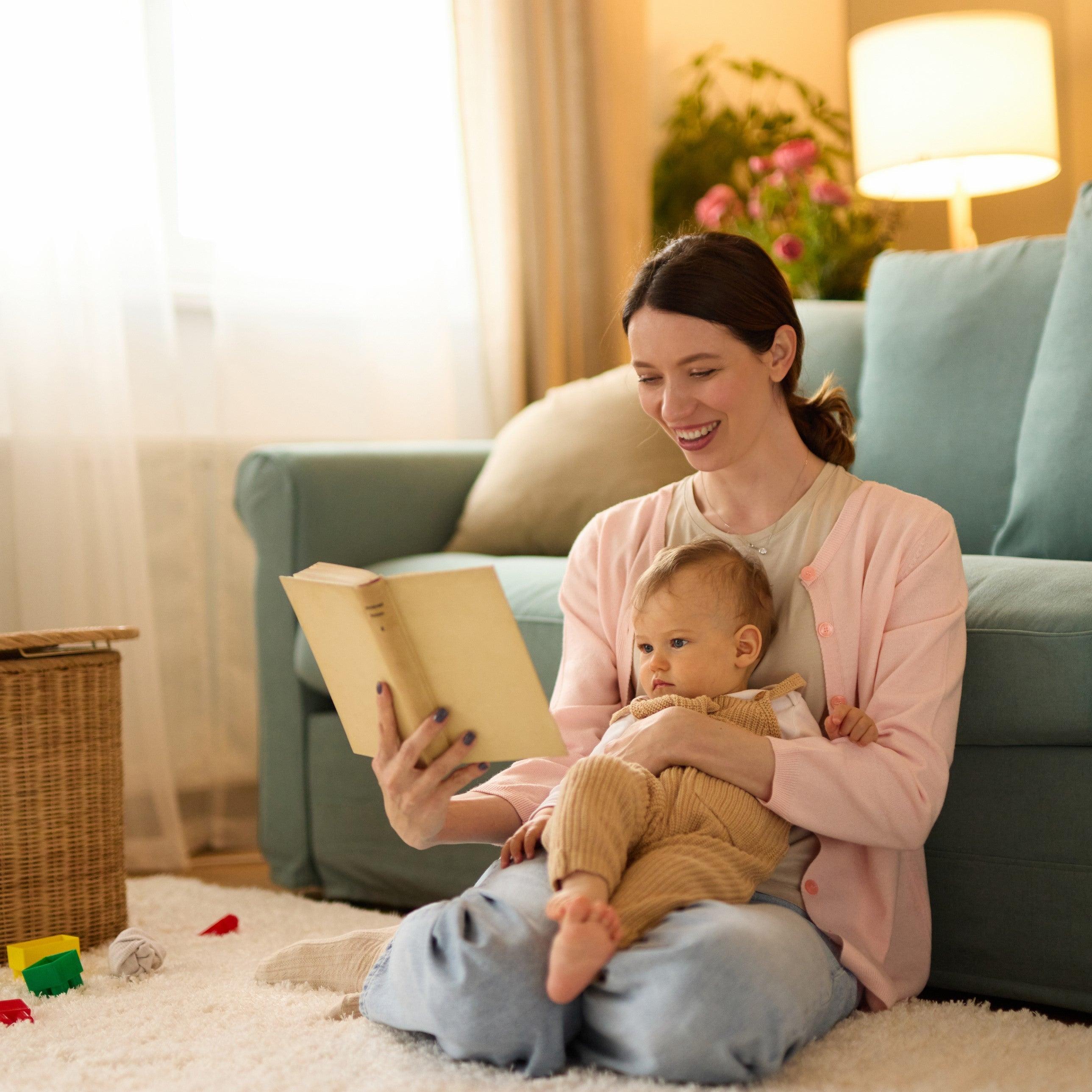If you are familiar with the Montessori Method and believe in its principles of child-led learning, you are going to love Montessori language activities!
Montessori language activities are child-centered activities that make written and spoken language more tangible to young children. From writing letters on a sand tray to listening to poems while doing a rhyming block activity, Montessori language activities are fun and focused.
This article will focus on Montessori language activities and how they can help your child through play. So, if you first need a refresher on the Montessori Method, read The Montessori Philosophy for Parents: Why It Works and How to Make It Work for You.
What Are Montessori Language Activities?
Montessori language activities are exercises and games designed to help children expand their language skills naturally and interactively. These activities are based on the Montessori philosophy of child-centered education.
Montessori teachers design these activities to be developmentally appropriate for children of different ages and stages of language development (source). They focus on:
building vocabulary
developing phonemic awareness
listening
speaking
comprehension skills
communication skills
parts of speech
rhyming
reading
writing
The genius of Montessori language activities is how they work:
They focus on one language skill at a time.
They are age-appropriate.
They make your child proactive in doing language.
They incorporate visuals to make concepts easier to grasp.
They engage several senses, so children learn from various angles.
How Do Montessori Language Activities Benefit My Child's Language Development?
Montessori language activities promote language development by providing children with opportunities to practice speaking, listening, reading, and writing in a supportive and interactive environment. Montessori education contributes to well-being in adulthood but starts with communication (source).
Think of how children begin to learn language: sometime between 27 and 29 weeks of pregnancy, an unborn baby starts to hear sounds outside the womb. They can hear mommy talking, people speaking nearby, and other noises.
Once born, babies can begin associating what they see with what they hear. So, they begin matching voices to faces and tone to facial expressions. A baby experiments with sounds and syllables throughout that first year while observing everything seen, heard, tasted, felt, and smelled.
The more parents and caregivers interact with the baby by talking, singing, making eye contact, naming things, and rewarding identification, the quicker the baby's listening ability grows.
By the time speaking starts around two years old, a toddler has tangibly explored most of the physical vocabulary and felt the intangible vocabulary he knows (feelings, pain, love, etc.).
So, when formal schooling starts with sitting still more often, seeing words on paper, and doing worksheets, language learning becomes a different thing altogether. It no longer works for the individual child's unique learning style but for streamlining the education of 15 to 30 kids to one teacher.
Montessori language activities continue the trend of engaging curiosity, imagination, and the senses to learn language. That's what makes them so beneficial!
When Can I Start Introducing Montessori Language Activities to My Child?
Language learning begins at birth, but babies learn language naturally in a nurturing home through exploration, discovery, listening, observation, and reward. You can introduce structured Montessori language activities to children as young as 18 months old.
Before you start something, however, ensure that the activity is meant for your child's age and speaking level. Giving an activity meant for 3-year-olds would be supremely frustrating and disheartening for an 18-month-old.
Early Montessori language activities focus on vocabulary, phonetics, listening skills, rhythm, onomatopoeias, and introducing letters. Between 2 and 3 years old, your child can begin other Montessori language activities with more structure.
10 Montessori Language Activities for Toddlers and Young Children
You can find lists of Montessori language activities for toddlers and young children online, but here are a few of my favorites.

1. Picture and Object Matching
Picture and object matching involves matching pictures to the actual objects themselves to build visual perception skills.
Little ones don't differentiate between pictures, books, TV shows, and reality much at all, so activities like this one help them compare pictures and real objects side-by-side.
You can make this a speed game for running quickly to retrieve the object, or a game where all the objects and cards are spread on a surface for matching.
2. Sandpaper Letters
This activity involves tracing letters on sandpaper to help children work on their fine motor skills and learn letter shapes and sounds. The grittiness of the sandpaper engages the sense of touch as it feels remarkably different from the smooth paper when a finger gets off track.
You can find sandpaper letter cards online or make your own by cutting letters from sandpaper sheets and gluing them to cardboard, poster board, or paper. You can even make your child's name and a set of early words.
3. Storytelling
Storytelling activities involve reading stories to children and encouraging them to retell the story in their own words. This helps children develop their comprehension and communication skills.
You can even put a twist on this activity by getting toy characters out and acting out the story you just read together. Let your little one embellish a bit in imaginative reenactments--it's good language practice!
Once your little one is three or four, you can ask her to tell you a story as you type it on a computer. Ask her to talk about her day, retell her favorite story, or make one up about her favorite animal. These stories will be treasured years later!
4. Simon Says
Three-year-olds and up love Simon Says! Give instructions preceded by Simon Says. But when you give instructions without saying "Simon says" first, those who act sit down.
I've found this game easy to slow down or speed up for age appropriateness and simple to play with one kid or thirty. It's a fun game to practice new vocabulary!
5. Rhyming Games
Rhyming games involve identifying words that rhyme and creating new rhyming words. This activity helps children pick up on phonemic awareness and language skills.
For example, you can say a word like "cat" while showing the word and picture on a flashcard, sheet of paper, or marker board and encourage your child to come up with rhyming words like "bat" or "hat."
Rhyming games can be frustrating for littles who don't understand the concept of rhyming yet, so stick to reading kid rhymes for them and introduce this game around three-and-a-half to four years old.
6. I Spy
I Spy is another beloved child's game that most of us remember playing to pass the time in a car as kids. Three-year-olds are ready for a game like this, which is perfect for identifying vocabulary with objects in the real world.
Of course, you can make this game far more difficult for older kids, but keep it obvious and easy for little ones.
7. Sand Tray
Sand trays are messy but fun! Pour fine play sand onto a cookie sheet and put it in an area that is easy to sweep or vacuum. Then, show your little one the letter you worked on recently and let him draw it in the sand.
Preschoolers may be able to draw letters from memory as you name them, write their name, or even write two or three-letter words. You can mix it up by giving your child a truck, spoon, or chopstick to "write" with.
8. Flashcards
Flashcards are brilliant learning tools for several reasons. They introduce concepts, letters, and numbers, but they can also be matched with pictures and objects or played with in games.
Toddlers can make the sound of an animal or letter on a flashcard or point out the one you name. Preschoolers can match parts of words together to sound them out and physically build words.
9. Telephone
The more kids you have around for Telephone the better. You start by whispering a sentence or a short message to the first kid, who then passes it on by whispering to the next kid. No repeats. This continues until the last child shares what he heard out loud.
Telephone causes lots of hysterical laughs and giggles and encourages whispering and communication.
10. Lego Sentences
Four and five-year-olds can begin visually building sentences with Lego bricks. Write words and punctuation marks on different Legos. If you want to be specific, assign each color a part of speech.
Then, you can either write a simple sentence for your child to build with Legos or let your child build her own sentence matching the color-coded sentence pattern.
For example, let's say you put nouns on yellow bricks, verbs on red bricks, adjectives on green bricks, adverbs on blue bricks, articles on white bricks, and punctuation on black bricks. You could give your child a color pattern as a "blueprint" for sentence building.
Pattern |
Examples |
|
yellow + red + yellow + black (noun + verb + noun + period) |
|
|
white + yellow + red + white + yellow + black (article + noun + verb + article + noun + period) |
|
|
white + green + yellow + red + blue + black (article + adjective + noun + verb + adverb + period) |
|
You can see how these patterns could be as straightforward or as complicated as your little one can handle. Start simple and build up slowly. You can even make a lesson out of how we change our tone with different punctuation:
Tom is hungry.
Tom is hungry!
Tom is hungry?
Kids love this kind of game and can get super silly with it!
How Can I Incorporate Montessori Language Activities into Our Daily Routine at Home?
You can easily incorporate Montessori language activities into your daily routine at home because you don't have to stick to a strict schedule or curriculum. Montessori activities are child-led exploration and play with a point. You can make them as tight or as free as you need to.

For example, you can read books with your child, encourage him to tell stories and play language games. Even playing for just a few minutes is advantageous! Kids learn by playing; the Montessori Method encourages this natural inclination (source).
Most of the time, little ones play the activity "properly" for a short time and make up their own rules afterward. You don't have to control the activity the whole time.
Here are some additional tips for incorporating Montessori language activities into your daily routine:
Tip |
Explanation |
Follow your child's lead. |
Pay attention to your child's interests and incorporate language activities that align with those interests. This will keep your little one engaged and motivated. |
Use natural materials. |
Montessori language activities often involve natural materials such as wood, metal, and cotton fabric for sensory exploration. However, you are not limited solely to these materials. |
Provide a variety of activities. |
Children learn best through play, and providing an assortment of activities will keep them engaged and help them develop different skills. |
Encourage exploration. |
Montessori language activities emphasize self-directed exploration. Encourage your child to explore and discover language in their own way. |
Stay flexible. |
Some days, your child will be excited to do activities with you; other days, your little one will prefer to make forts. Just know that everything is a learning opportunity. You may just do more with construction one day and language on another day. |
For more on how to incorporate the Montessori Method at home, including a discussion about balancing Montessori Education with state education requirements, read Montessori Education at Home: How to Survive and Thrive.
How Can I Gauge My Child's Progress with Montessori Language Activities?
You can gauge your child's progress with Montessori language activities by observing language development over time. You can do this by keeping a journal of observations and highlighting new vocabulary in the stories your child dictates to you in storytelling.

Also, ask other adults, teachers, and caregivers who spend time with your little one how your child listens and communicates when you are not around. It is also crucial to keep an eye on how your child communicates with other kids of various ages. Here are some things to look for:
Does my child use words when upset or sad?
Does my child take the initiative to share?
Does my child get upset when others join in an activity?
Does my child communicate verbally or nonverbally to ask for comfort?
Can my child verbally recall what happened today?
Does my child tell stories?
Does my child talk through imaginative play?
Does my child obey simple instructions? What about more detailed instructions?
Can my child give simple instructions or explain where something is?
In a Nutshell
Montessori language activities focus on developing and strengthening a child's language skills in a natural and interactive way. In a broader sense, these activities are based on the Montessori philosophy of child-centered education, which emphasizes hands-on learning and self-directed exploration.
By incorporating Montessori language activities into your daily routine, you can help your child learn through play and provide a strong foundation for language development.











